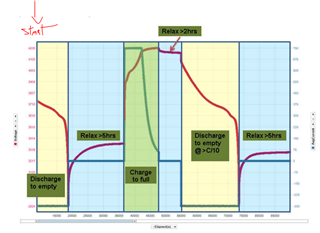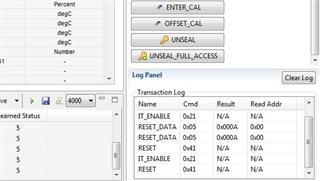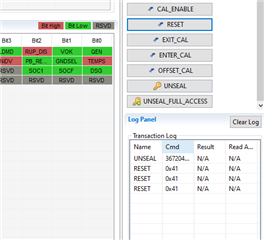Other Parts Discussed in Thread: BQSTUDIO, BQ34Z100
Hello,
How do I create a restore point for the device and bqSTUDIO prior to learning and how do I return back to this point if needed?
This thread is for LFP. What is different for PbA?
The thread also offers some advice for a good start on the learning cycle.
It refers to the TRM, presumably SLUUBW5A, after saying:
The basic idea for the first step is to get RUP_DIS = 1 without being able to toggle IT more than once, which isn't relevant to this gauge.
Yet the TRM never shows RUP_DIS=1.

bq34z100-G1 TRM sluubw5a 59.pdf
What corrections if any are needed?
Sincerely,
Rom





